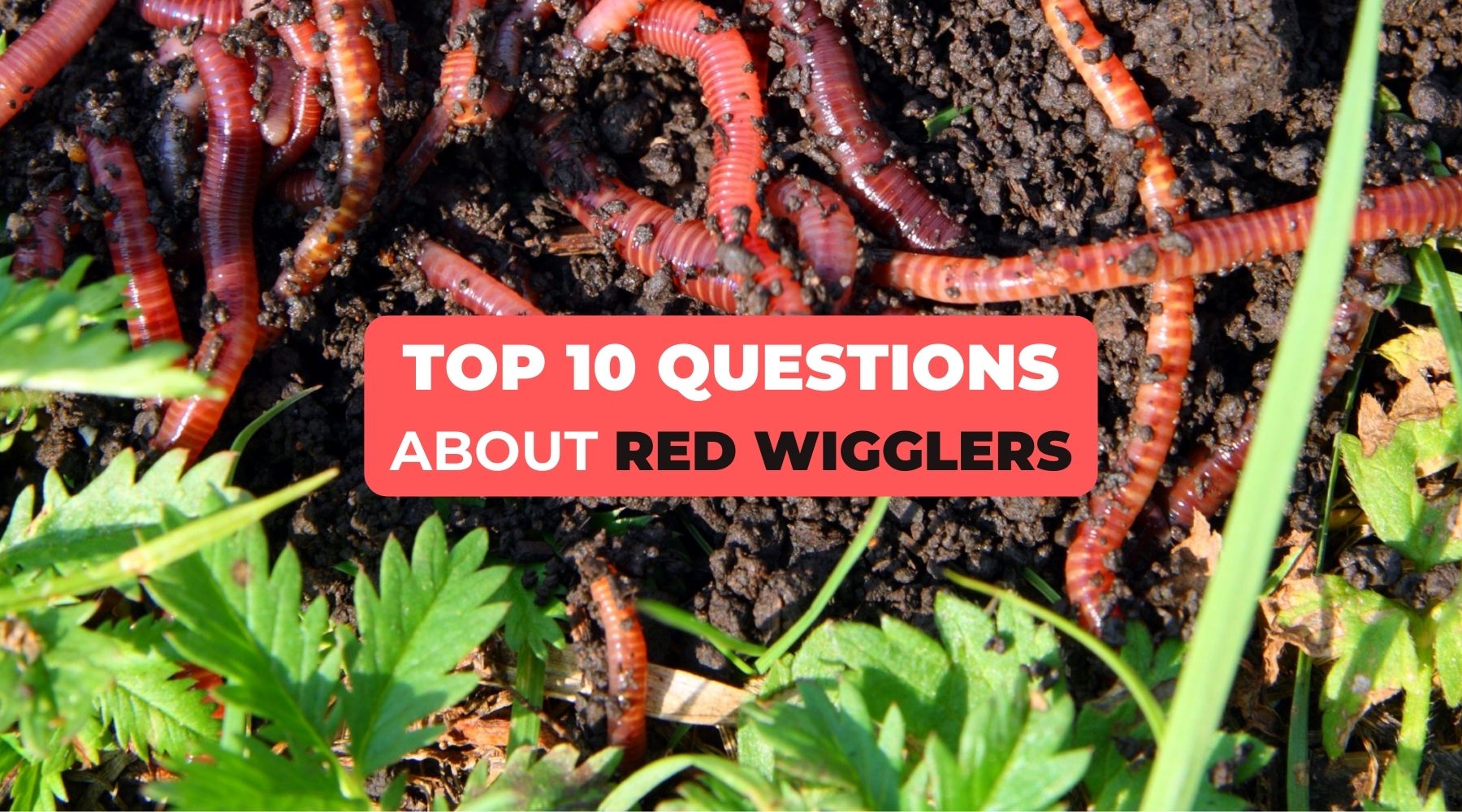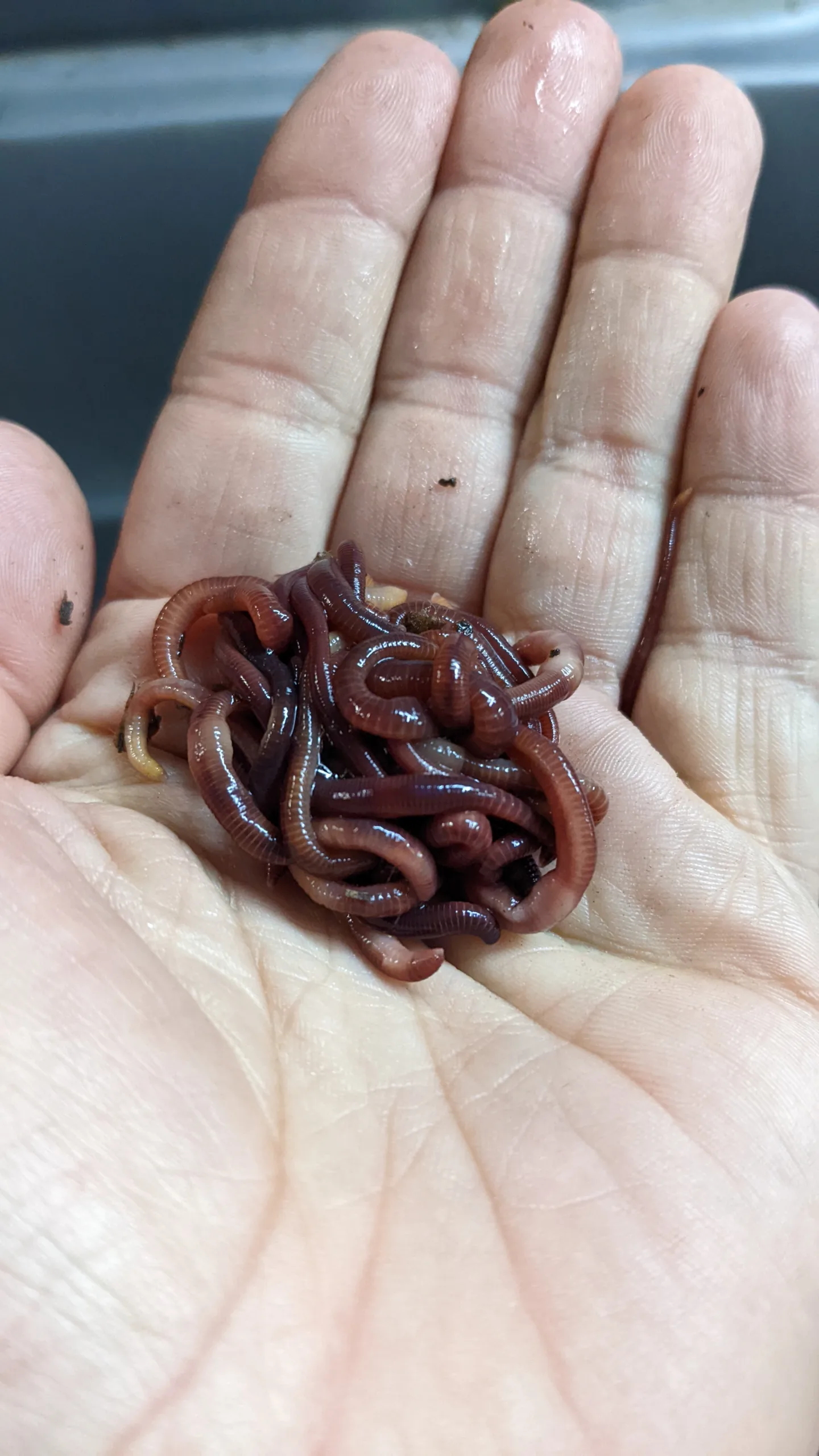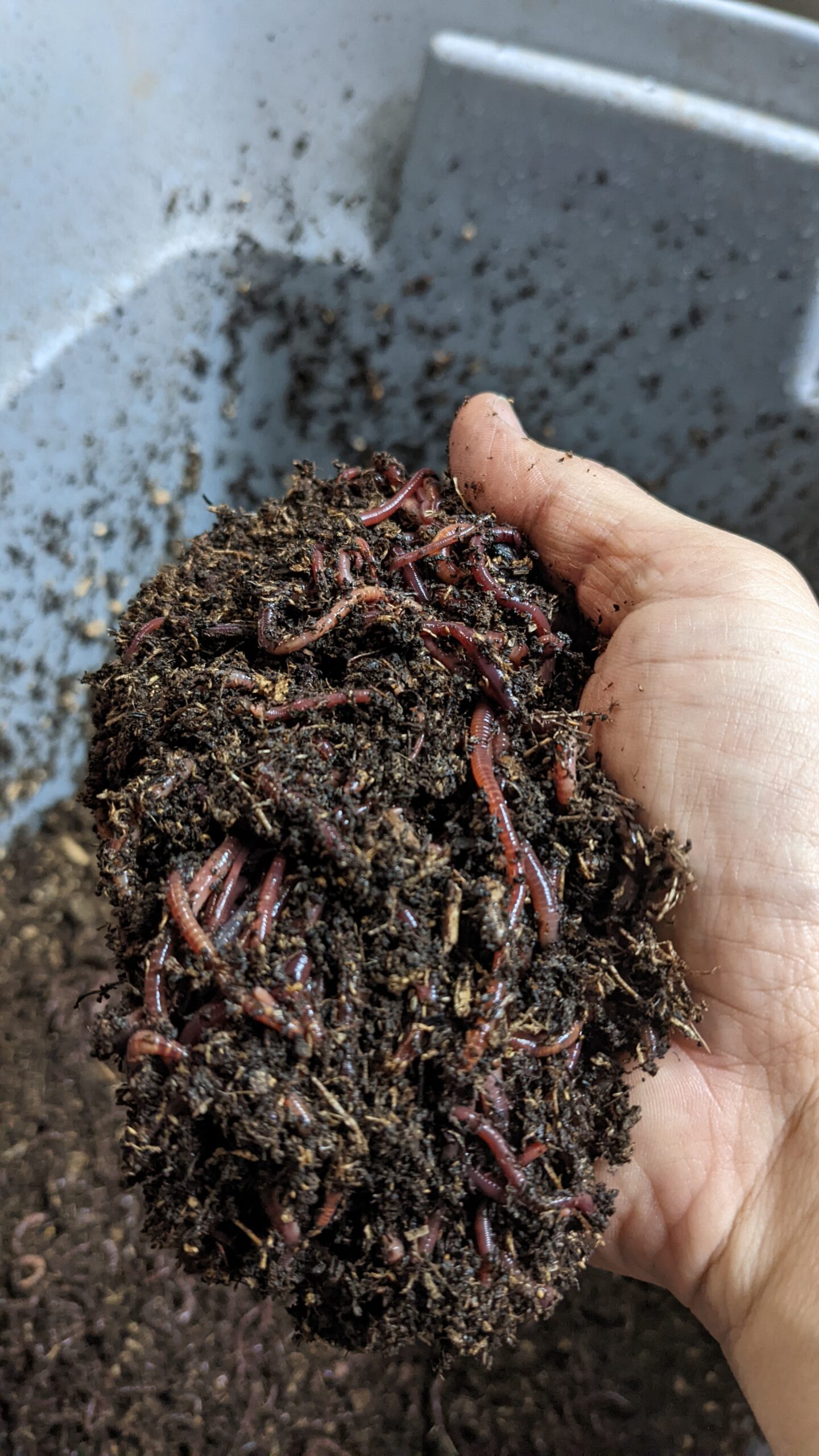How Red Wiggler Express can Save You Time, Stress, and Money.
Table of ContentsGetting The Red Wiggler Express To WorkNot known Details About Red Wiggler Express Getting The Red Wiggler Express To WorkThe Ultimate Guide To Red Wiggler ExpressThe 9-Minute Rule for Red Wiggler Express
And the growing Red Worm population? Even in the lot that was set up straight in front of backyard composters with existing Red Worm nests.
Numerous ranges, including Red Wigglers, European Nightcrawlers, and Lumbricus varieties were brought over from the European continent. Yet below's the thingNative or not - and as skilled as they are at being able to survive in a wide-range of environments and conditions -. To put it simply, they are even more most likely to hang out in any type of energetic composting systems you have set up, than they are to wander off and begin messing up the setting.
Origins need oxygen for respiration and depend on smooth airflow within the soil to thrive. However, when it rains, soil can come to be saturated with water, lowering the oxygen available and hindering nutrient absorption - Where To Buy Worms. To preserve an optimal equilibrium, the dirt needs to enable water to drain properly, leaving enough space for air to support root wellness
Unknown Facts About Red Wiggler Express

When it concerns worms for composting, what enters your mind? If you were an earthworm dog breeder, dealer, or simple gardener, after that you would certainly know that red wiggler worms are the perfect worms for vermicomposting. To get more information about these earth wonders, checked out some of the red worm truths below.
(https://justlink.org/details.php?id=362413)But if they stretch their bodies, you'll be able to see the stripes on their skin. When raising worms such as red wiggler worms, you should be able to know how to profit them. When you're able to maintain and look after their environment well, and also feed them the best type of organic wastes, then they'll be able to produce nutrient-packed and quality-rich worm castings for you (likewise called worm poop or compost).
Not known Details About Red Wiggler Express
What do worms eat? Well, these red wriggler worms can be fed with cooking area scraps and garden wastes.

This behavior makes them well-suited for life in worm bins, compost piles, and various other constrained rooms where organic waste is abundant. Creating an ideal atmosphere for red wigglers requires a thoughtful technique. Take into consideration the adhering to necessary components to take care of red wigglers in the house and guarantee their well-being: Use a bedding of shredded newspaper or cardboard.

Red wiggler worms reproduce by laying tiny, lemon-shaped eggs in protective cocoons. These cocoons are usually transferred in the bedding and hatch right into child worms within a few weeks.
Excitement About Red Wiggler Express
Their flexibility and resilience have actually made them a popular option for vermicomposting in different regions around the globe. Think about protective steps for very extreme temperatures such as: Protecting the worm container with layers of straw or leaves. Where To Buy Worms.

When caring for your red wigglers it is necessary to keep in mind to: 1) K.I.S.S (Keep it Simple) and 2) every little thing in moderation. These rules relate to feeding your compost worms, sprinkling your worm bins, and practically every little thing else entailed in taking care of them. Simply bear in mind - you can constantly include more food later on (however it's difficult to eliminate feed once it's been included in a bin!).
Due to the fact that I fed the red wigglers and compost worms as well much, they weren't able to keep up and over time the older food went uneaten and created anaerobic conditions that killed the worms. Below're the 6 golden policies for how commonly and just how much to feed your worms: Guideline # 1: Small amounts!
The Main Principles Of Red Wiggler Express
Uneaten food will certainly lead to anaerobic problems that will certainly eliminate your live worms. Guideline # 6: After the initial feeding, feed the worms 1/3 to 1/2 of their weight.